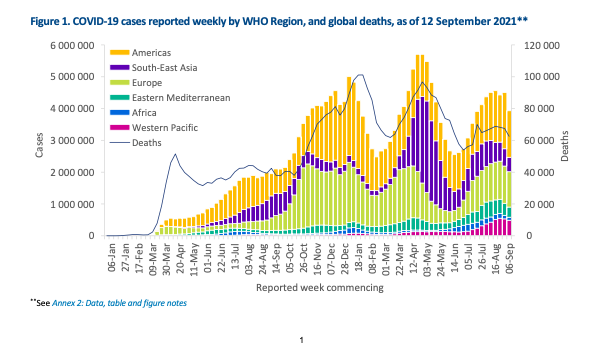A recent study from the USC Schaeffer Center for Health Policy & Economics reveals a troubling trend: the urban-rural gap in life expectancy and health quality for men nearing retirement age has significantly widened over the past two decades. Rural men are now facing earlier deaths and poorer health in their later years compared to their urban peers, with the findings published this week in the Journal of Rural Health underscoring the urgent need for intervention.
The research highlights alarming statistics, showing that by the age of 60, rural men can expect to live two years less than their urban counterparts—an increase in the disparity that has nearly tripled since the late 1990s. Furthermore, rural men are anticipated to live 1.8 fewer years in good health, with this gap more than doubling over the same period. The study underscores the pressing need for earlier health interventions to prevent the gap from widening further.
Higher rates of smoking, obesity, and cardiovascular conditions among rural men are identified as primary factors contributing to this divide. The lead author, Jack Chapel, a postdoctoral scholar at the Schaeffer Center, emphasized that “rural populations face a higher prevalence of chronic diseases, which has serious implications for healthy aging.” He warned that with an aging population and fewer healthcare providers, the burden on rural communities is expected to escalate, leading to significant challenges in providing care for those with increasing health issues.
The researchers utilized data from the Health and Retirement Survey and a microsimulation called the Future Elderly Model to project future life expectancy and health quality for rural and urban Americans aged 60 and above. By comparing cohorts from 2014-2020 and 1994-2000, they observed that while education plays a role in determining health quality, it cannot fully explain the urban-rural health divide. Even after adjusting rural education levels to align with urban ones, the gap in healthy life expectancy was nearly halved, indicating that geographic factors are also at play.
The study calls for targeted interventions to address smoking cessation, obesity management, and cardiovascular disease treatment, noting that such measures would benefit older rural residents more significantly than their urban counterparts. However, most tested interventions were found insufficient to fully close the urban-rural gap in healthy life expectancy.
Co-author Elizabeth Currid-Halkett, a senior scholar at the USC Schaeffer Institute for Public Policy & Government Service, remarked, “While education matters, so does smoking, prevalent obesity, cardiovascular conditions—and simply living in a rural area—which leads not only to more deaths but more illness among rural American men.”
Bryan Tysinger, director of health policy simulation at the Schaeffer Center, concluded that “closing the gap in healthy life expectancy between urban and rural areas for older adults would require encouraging health behavior changes earlier in life and making broader social and economic improvements in rural areas.”
This crucial research was supported by funding from the National Institute on Aging of the National Institutes of Health, highlighting the critical need for policy and community initiatives aimed at improving health outcomes for rural populations.












